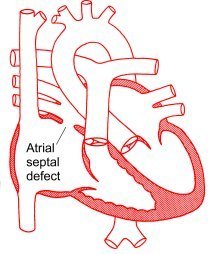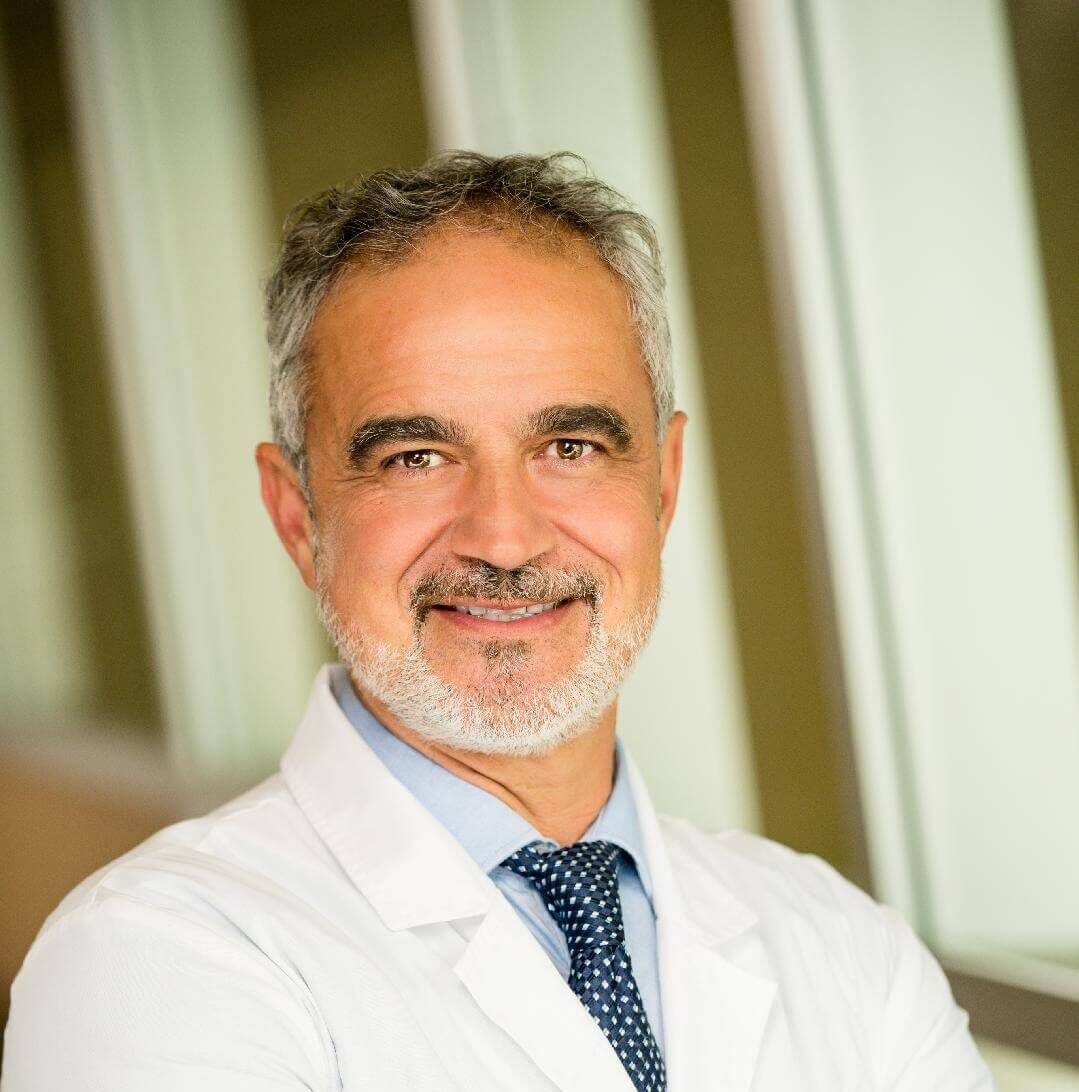Understanding Atrial Septal Defect
 The heart is broken up into four chambers and there are two on top and two on bottom. There is a condition known as Atrial Septal Defect and what that basically boils down to is there being a hole at the top portion of the chambers located on the top of the heart. The main concern with this type of condition, is that blood can actually leak into a part of the heart that it shouldn’t. When blood is pumped through our bodies, there will be oxygen-low and oxygen-rich blood. One side of the heart has one while the other has the opposite. When someone has an Atrial Septal Defect, the oxygen rich blood can be leaked into the oxygen low blood section.
The heart is broken up into four chambers and there are two on top and two on bottom. There is a condition known as Atrial Septal Defect and what that basically boils down to is there being a hole at the top portion of the chambers located on the top of the heart. The main concern with this type of condition, is that blood can actually leak into a part of the heart that it shouldn’t. When blood is pumped through our bodies, there will be oxygen-low and oxygen-rich blood. One side of the heart has one while the other has the opposite. When someone has an Atrial Septal Defect, the oxygen rich blood can be leaked into the oxygen low blood section.
Natural Occurrence During Fetal Development
This is a ‘hole’ every child is born with because it allows for blood to stay away from the lungs before birth, sometimes this opening does not close though or can be larger than normal. The main cause for this is not known as to why it doesn’t close or is larger, but it can be accompanied by other heart conditions as well.
Surgery is Not Always Required
For those individuals who have Atrial Septal Defect, surgery may be required at times. It does depend on how it is affecting the individual and how large the opening is. If it is not making the heart or lungs work harder than it should, than most of the times the individual will be able to live a normal life. If surgery does need to be performed, this is typically done when the individual is younger to prevent severe and/or serious complications later in life.
You can find out more in depth information about this particular condition from a licensed heart physician or cardiologist. They will have all the proper answers and help guide you in the proper direction on how to cope and deal with Atrial Septal Defect.

